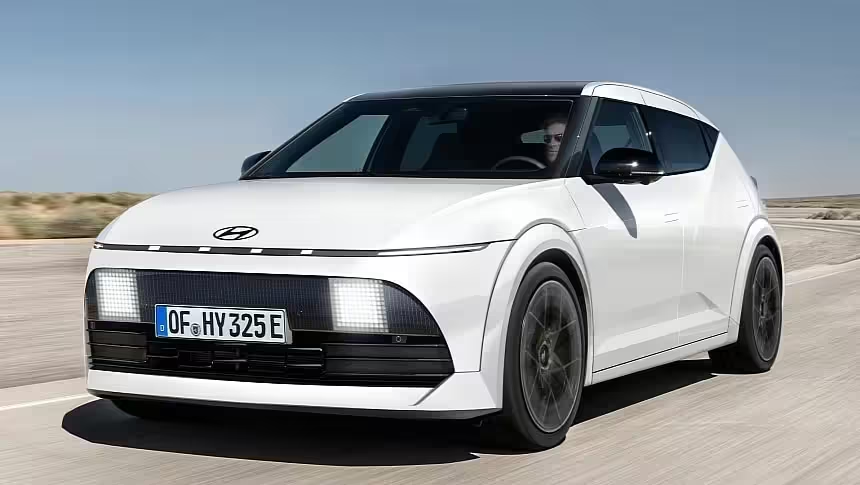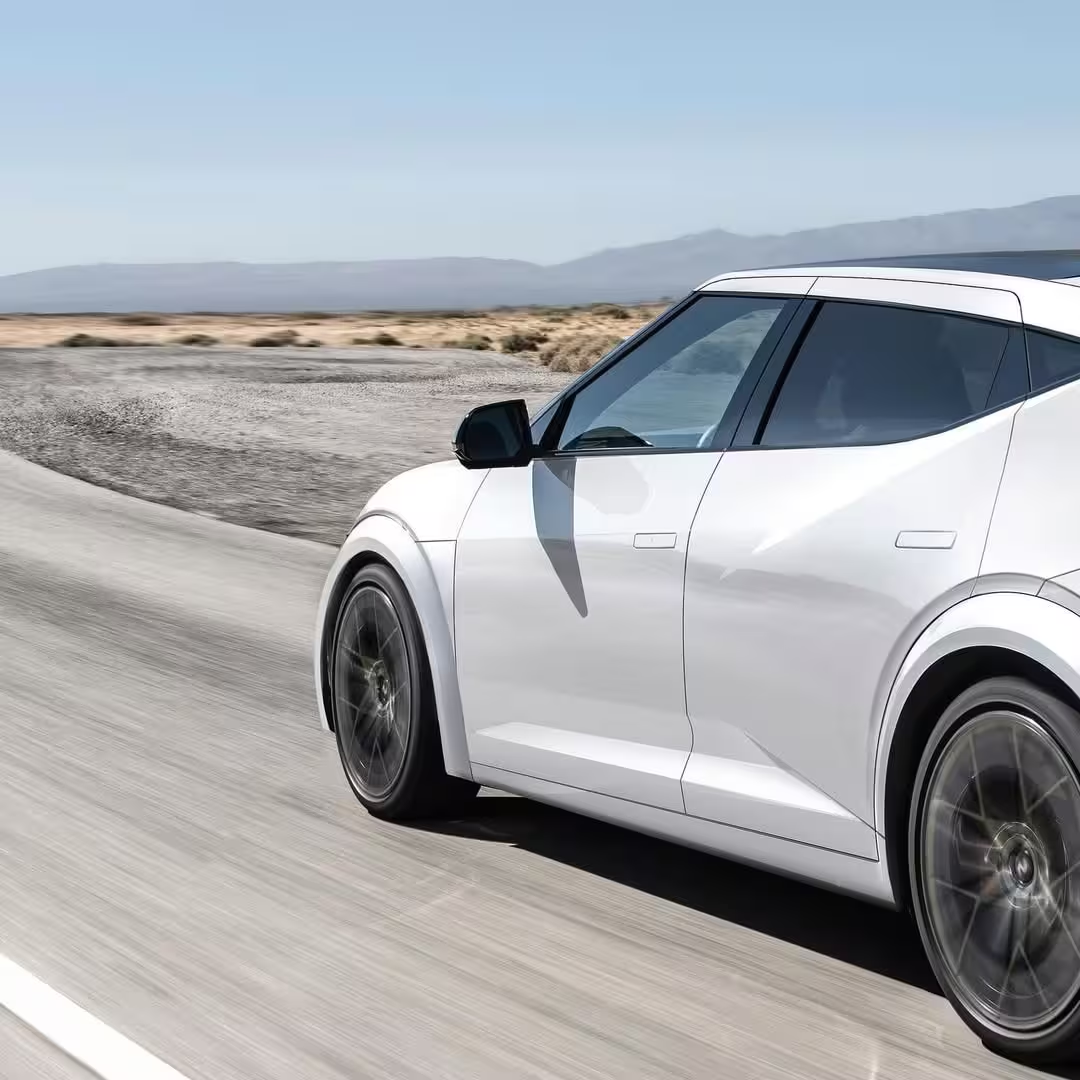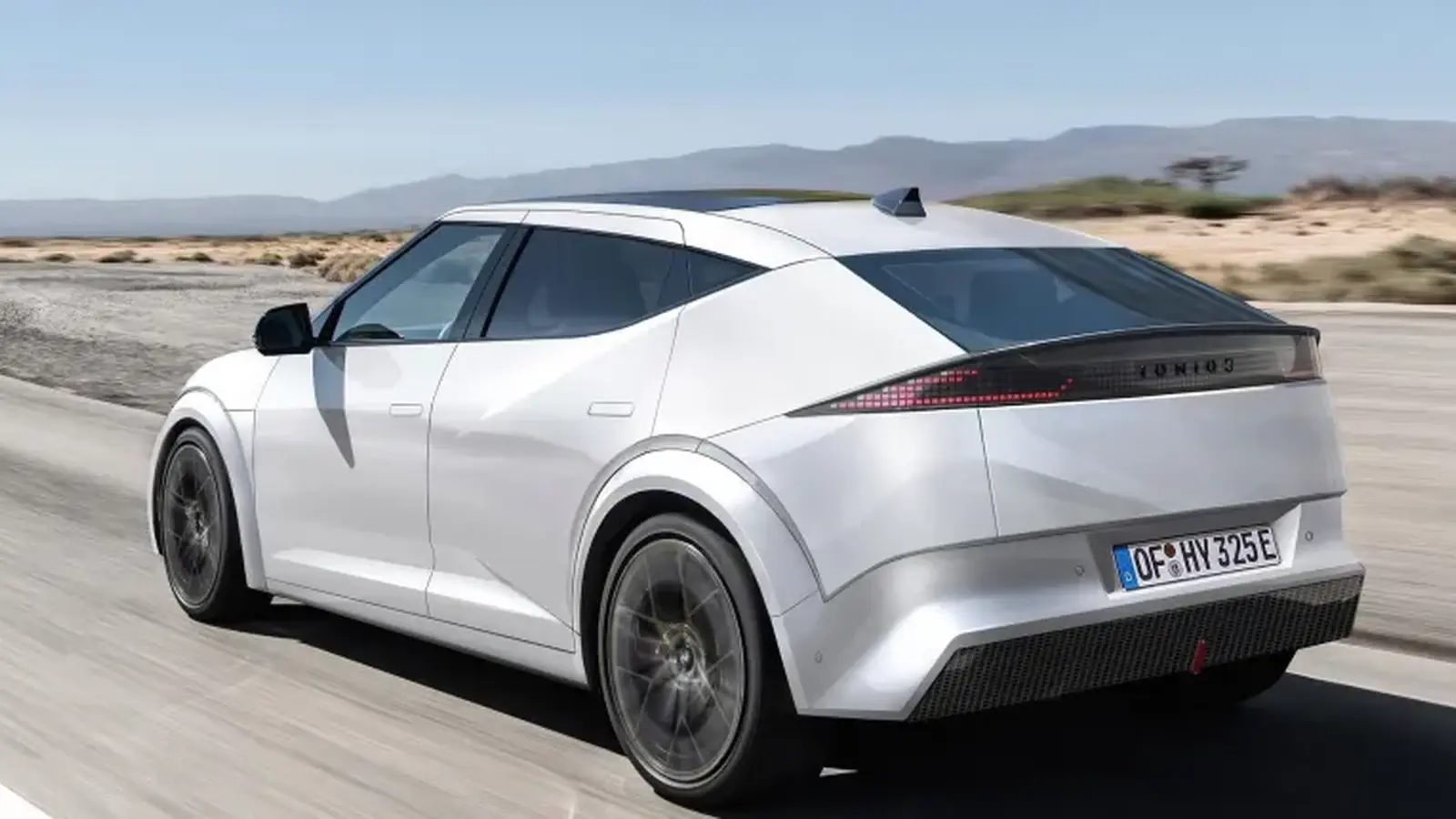4 Minutes
Veloster returns — but only as a CGI vision
Has Hyundai truly revived the Veloster for 2027? Not quite. What’s circulating online is an eye-catching CGI project by Instagram artist @lars_o_saeltzer that reimagines the quirky hatchback for a new era. The render captures Hyundai’s family styling cues but also makes a bold departure from what made the Veloster distinctive: its unusual door layout.
Design notes: familiar Hyundai DNA, bolder execution
The digital Veloster feels unmistakably Korean: pixelated LED headlights flanking the grille, slim daytime running lights, and a sharp, aggressive front bumper. Muscular wheel arches and a clamshell-style hood give the car a sporty stance, while a slightly arched roofline and chunky rear three-quarter view convey a beefier, more mature hatchback.
We liked the pixel-style taillights — a modern twist that Hyundai has explored on other models — and the sculpted rear bumper that completes the look. Still, the render converts the Veloster into a four-door (or five if you count the tailgate) layout, which removes the original’s signature asymmetric three-door character.
Highlights from the render
- Pixelated LED lighting theme
- Aggressive front and rear bumpers
- Muscular arches and pronounced hood
- More conventional door count compared with historic Veloster

Platform and pedigree: where the Veloster once stood
The real second-generation Veloster shared underpinnings with several Hyundai and Kia models built on the K2 platform — notably the third-gen i30, several compact crossovers, and smaller hatchbacks. That platform supported a range of body styles and powertrains across Hyundai’s global lineup.
Performance memory — the Veloster N
When people talk Veloster they often mean the hot-hatch Veloster N. The N model packed a 2.0-liter turbocharged four-cylinder producing roughly 275 bhp (279 PS / 205 kW) and 260 lb-ft (353 Nm) of torque. It came standard with a manual gearbox, while an eight-speed automatic was an extra-cost option. All Velosters were front-wheel drive and featured performance-focused gear like an electronic limited-slip differential and adaptive suspension on higher-spec variants.
Interior and tech that mattered
Inside, past Veloster models combined sporty touches with sensible tech: an 8-inch infotainment screen, 4.2-inch color TFT driver display, premium Infinity sound options, leather-wrapped steering wheel and shifter, and alloy pedals. Those features helped position the car as a driver-focused compact with everyday usability.

Market reality: is a comeback likely?
Hyundai has not announced plans to revive the Veloster nameplate. The automaker’s global strategy has shifted toward crossovers, EVs, and modular platforms, leaving niche hatchbacks less prioritized. That said, concept art like this CGI render shows there’s still enthusiasm among fans and designers for a compact, sporty Hyundai.
If Hyundai ever did bring the Veloster back, many enthusiasts would prefer the classic three-door asymmetry and a high-performance N variant — but a modernized, four-door approach could broaden appeal in today’s market.
"We love the styling — now give it the soul of the original Veloster N," one fan might say. Whether this particular vision becomes reality is unlikely, but it keeps the conversation alive about what a modern Veloster could be.
Source: autoevolution


Leave a Comment